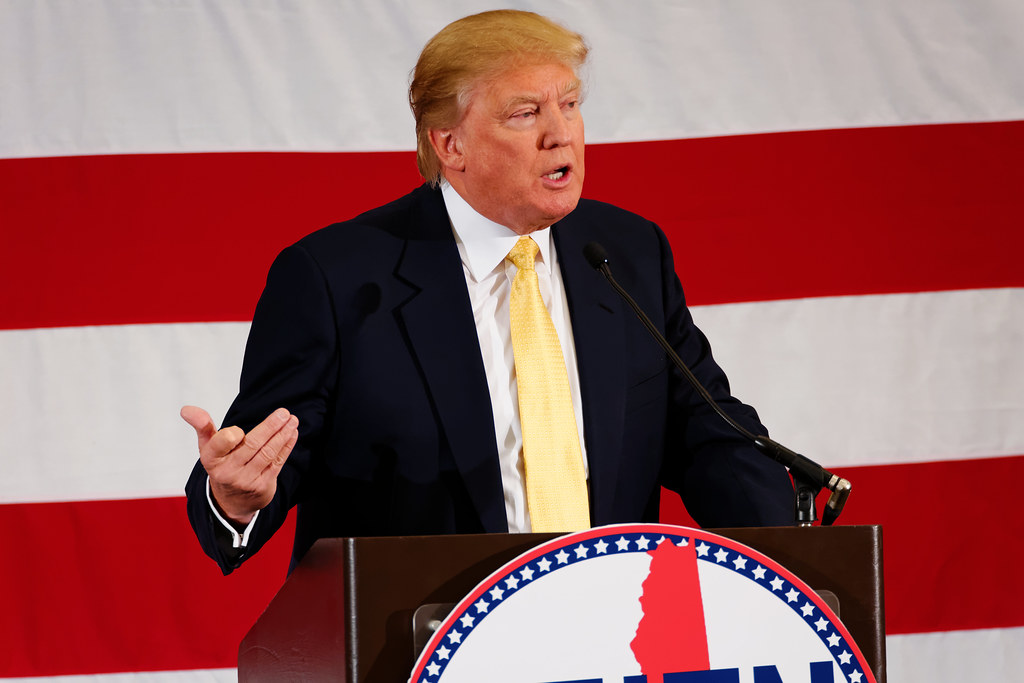Key Takeaways
• President Trump pulled his nominee for Assistant Secretary of State for Near Eastern Affairs.
• Joel Rayburn faced questions over hidden troop numbers in Syria.
• Senator Rand Paul blocked his confirmation with tough hearings.
• This marks another Trump nominee withdrawal amid Republican disagreements.
Why Trump Nominee Withdrawal Matters
President Trump chose Joel Rayburn for a top Middle East post. Yet he withdrew this Trump nominee after pushback on Capitol Hill. This move shows how even loyal picks can stumble. Moreover, it shines a light on Senate hurdles for Trump nominees.
What Led to the Withdrawal?
Joel Rayburn served as Trump’s special envoy in Syria before this nomination. However, reports said he hid U.S. troop numbers in Syria from the president during his first term. This claim raised serious trust issues. And it became a key reason critics opposed his promotion.
Furthermore, Rand Paul, a Republican senator, led the opposition. He grilled Rayburn during the confirmation hearing. Paul pressed him on why the president was not fully informed about troop levels. As a result, Paul publicly opposed the Trump nominee.
Despite this roadblock, the Senate Foreign Relations Committee approved Rayburn. The vote was 15 in favor and 7 against. However, Paul’s stance discouraged other senators from voting yes in a full Senate session. Therefore, the nomination stalled, leading to its withdrawal.
Senate Roadblocks and Opposition
Senator Rand Paul’s tough stance halted this Trump nominee’s path. He argued that Rayburn broke his duty to keep Trump fully informed. Also, Paul questioned if Rayburn could handle future diplomatic challenges in the Middle East.
Meanwhile, other Republicans usually back Trump nominees without debate. Yet this case proved different. Some senators worried about following Paul’s lead. They feared endorsing someone accused of misleading the president.
Although the committee approved Rayburn, Paul’s public objection carried weight. It signaled broader doubt among Senate Republicans. As a result, Trump decided to withdraw his nominee rather than face a public defeat.
Other Trump Nominee Withdrawals
This Trump nominee withdrawal follows several high-profile pullbacks. In some cases, nominees faced ethics concerns. In others, they had troubling past statements. Here are a few examples:
• Ed Martin, a pick for U.S. Attorney in the District of Columbia, was pulled. Senators cited his improper warning letters to Trump critics.
• Paul Ingrassia was tapped to lead the Office of Special Counsel. He withdrew after racist and pro-Nazi online posts surfaced.
• A Justice Department lawyer won committee approval but saw whistleblower allegations of advising defiance of court orders. Although the Senate later confirmed him, the controversy slowed the process.
These examples show that even strong party loyalty can’t guarantee smooth confirmations. Controversies and ethics concerns still matter. Therefore, some Trump nominees face unexpected roadblocks.
What Comes Next?
The State Department still needs a leader for Near Eastern Affairs. Trump will likely choose a new nominee soon. He must pick someone who can win Senate support. That means total transparency and no hidden records.
Meanwhile, senators will watch closely. They will look for nominees with clear backgrounds. Also, they will stress open communication with the president. This emphasis could change how future Trump nominees prepare for hearings.
Moreover, this withdrawal sends a message to future picks. They must expect tough questions. Senators will not accept shaky records or withheld information. Therefore, nominees should share detailed histories and documents early on.
In the coming weeks, the White House will weigh possible replacements. Potential candidates include seasoned diplomats or former military leaders. They will need to pass ethical reviews and public vetting. This vetting aims to avoid another Trump nominee withdrawal.
Transitioning to a confirmed leader will take time. Yet the State Department needs full staffing for pressing Middle East issues. A vacant post could hamper U.S. policy in Syria, Iraq, and surrounding nations. Thus, filling this role remains urgent.
Final Thoughts
This Trump nominee withdrawal highlights growing tensions within the Republican Party. Even with GOP control of the Senate, internal disagreements can block nominees. Also, it underscores the importance of clear, honest communication between envoys and the president.
As Trump evaluates new candidates, he may aim for less controversial picks. This strategy could smooth the confirmation path. Moreover, it might prevent high-profile withdrawals that draw negative headlines.
Ultimately, this recent case shows that Senate approval matters. Presidents must consider the Senate’s mood when choosing nominees. Otherwise, they risk seeing their picks withdrawn or defeated.
Frequently Asked Questions
Why did the president withdraw this nominee?
Senator Rand Paul’s strong opposition made the nomination likely to fail in a full Senate vote. Thus, the White House chose to pull the nominee.
What was Joel Rayburn accused of doing?
He was accused of hiding accurate U.S. troop numbers in Syria from the president during his first term.
Have other nominees faced similar issues?
Yes. Ed Martin and Paul Ingrassia both withdrew amid ethics concerns and controversial past statements.
What’s next for the State Department role?
The White House will search for a new candidate who can earn broad Senate support and avoid controversy.

